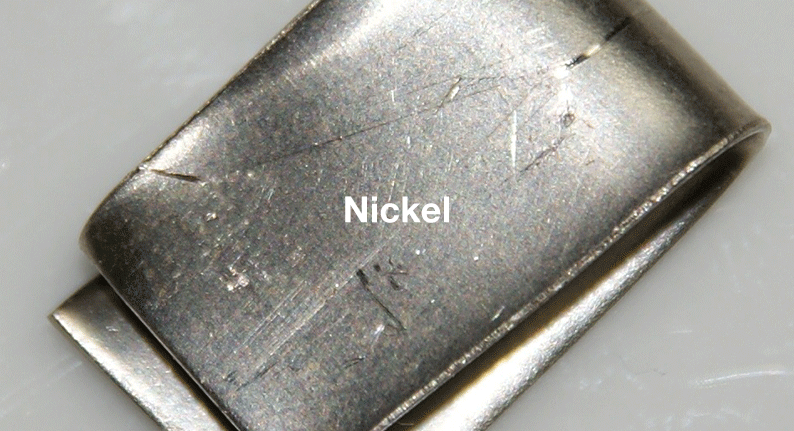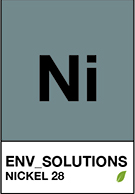Nickel Metal Profile
07 Apr, 2020 8:40 AM / by Quek Leng Chuang

This hard and silvery-white metal shows properties like extreme strength, heat and corrosion resistance. Therefore, it is suitable for a wide array of applications. It’s one of the many metals we recover at Environmental Solutions (Asia). Here is an outline of the origin and applications of this precious metal.
1. Facts and figures
- Chemical name Ni28
- Strongly magnetic at room temperature, but less than iron and cobalt
- Fifth most abundant element on earth
- Name is short form of “kupfernickel”, a german expression meaning the devil’s copper coming from a superstition of the past
- Melting point 1453 degree Celsius
- Supernovas can create Nickel
- 10-20% of human beings are sensitive to nickel used in jewellery
- US 5 cent “nickel” contains 75% copper and 25% nickel
2. Natural occurrence and mining

Nickel rarely occurs in elementary form in the earth’s crust. In total, however, it is one of the most abundant metals in the earth crust, with concentrations of 80 ppm. Possibly a lot of this Nickel came to the earth by meteorites. In the earth core, experts expect to find much more Nickel. The lion’s share of this metal is mined from different ores such as laterite, garnierite and magmatic sulfide deposits. The first ore consists of a mixture of elements, amongst them limonite containing nickel. Garnierite is a green nickel ore, containing nickel and nickel-rich silicates. In magmatic sulfide deposits, the main ore is pentlandite. It this ore, nickel occurs in combination with sulphur and iron.
The greatest nickel reserves are found in Australia and New Caledonia, amounting to 45% of total world reserves of this base metal. However, the greatest share of world production occurred in Indonesia and the Philippines. Even though New Caledonia is a comparatively small island close to Australia, 210 000 tons of Nickel are mined there every year. There, Nickel ore accounts for 7-10% of the country’s GDP and it makes up for 97% of all exported products. However, the amount of Nickel mined in New Caledonia continues to decrease as resources are depleted. Moreover, it is responsible for a loss of wetlands, destruction of coral reefs and other habitats of animals living on the island.
As most Nickel on the world is mined from ore, it has to go through flotation and roasting first. Several steps of roasting and slagging are needed until pure Nickel is won from ore.
3. Applications
The most important use of nickel is in making alloys, particularly stainless steel. About two-thirds of Nickel serve to produce stainless steel, commonly used for household appliances and medical equipment.
Also, nickel serves as an industrial catalyst for the hydrogenation of unsaturated fats. Moreover, it can be a protective coat for other metals so they will not corrode.
In the aerospace industries, nickel is a part of the superalloys found in jet engine parts and gas turbines due to its high resistance to corrosion and its ability to remain stable at high temperatures.
Nickel is also still used for cheap jewelry as it looks silvery, even though 10-20% of people are allergic to it. In earlier times, it was also a preferred material for the manufacturing of glasses.
A smaller percentage of nickel is used for plating and for manufacturing batteries, electronic devices and coins.

4. An Alternative to Mining
Environmental Solutions (Asia) helps companies to turn the cost of managing their waste materials to potential revenue. For more information, please contact us.
Topics: Metal Waste, Reimagining Sustainability
Written by Quek Leng Chuang
LengChuang is a chemical engineer and an expert in carbonomics. He is the founder and owner of Environmental Solutions (Asia) Pte Ltd.
